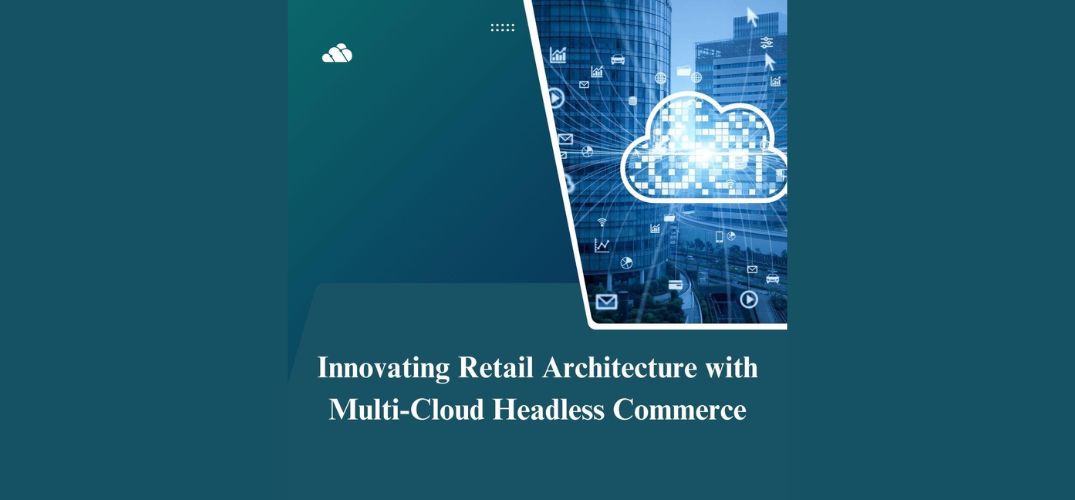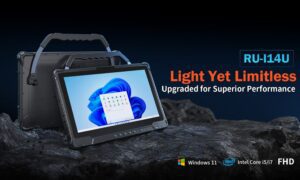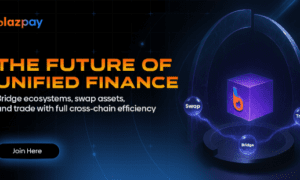With profound expertise in enterprise system design, Vijaya Kumar Reddy Atla delves into the forefront of multi-cloud headless commerce. His research unveils innovative strategies driving agility, scalability, and personalization, fundamentally reshaping the retail ecosystem. By bridging technology and business, his work empowers organizations to thrive in a dynamic digital landscape.
Transforming Retail Through Multi-Cloud Adoption
Retail technology has transitioned from rigid monolithic systems to agile, modular architectures that promote adaptability and innovation. Central to this evolution is multi-cloud adoption, empowering businesses to distribute workloads across multiple cloud providers. By leveraging this approach, organizations achieve enhanced cost efficiency through optimized resource allocation, increased reliability through redundancy, and superior performance tailored to specific regional demands. Multi-cloud strategies also provide geographic scalability, enabling retailers to expand seamlessly into new markets while maintaining high availability and resilience. This transformation underscores the industry’s commitment to delivering dynamic, customer-centric solutions.
Retailers leveraging multi-cloud platforms benefit from vendor diversification, reducing risks associated with single-provider dependency. With integration frameworks combining synchronous APIs and event-driven messaging, businesses achieve seamless workflows and enhanced performance.
Redefining Commerce with a Headless Approach
The emergence of headless commerce represents a revolutionary shift in digital retail. By decoupling front-end presentation layers from back-end systems, retailers gain unparalleled flexibility to innovate and adapt to customer demands. This architecture allows seamless deployment of new interfaces without disrupting core operations.
Headless commerce also supports diverse user experiences across platforms, from web applications to IoT devices, enabling retailers to engage customers more effectively. By integrating APIs and modular components, businesses maintain consistent performance across their systems.
Designing Robust Multi-Cloud Infrastructure
The multi-cloud infrastructure powering headless commerce utilizes advanced technologies such as containerization, orchestration platforms like Kubernetes, and service meshes. These tools streamline the management of workloads across multiple cloud providers, optimizing resource utilization by up to 40%, as shown in recent studies. This approach ensures seamless scalability to meet fluctuating demands, enhances system reliability through redundancy, and supports efficient operations, enabling businesses to deliver faster, more reliable, and customer-centric digital experiences.
Enhancing Security and Compliance
Security remains a cornerstone of multi-cloud implementations. The adoption of zero-trust security models ensures robust protection for distributed systems. Features like centralized key management, encryption for data at rest and in transit, and automated security testing mitigate risks. This comprehensive framework also ensures compliance with diverse regulatory requirements across jurisdictions.
Advanced monitoring tools and proactive threat detection further enhance system resilience, reducing the likelihood of breaches and ensuring uninterrupted operations.
Driving Efficiency with Advanced Deployment Strategies
The deployment of multi-cloud systems benefits significantly from continuous integration and delivery pipelines. Techniques like blue-green deployments and canary releases minimize downtime and enhance system stability. These approaches are supported by Kubernetes-based orchestration, enabling automated scaling and self-healing for applications.
Intelligent routing and caching strategies further optimize content delivery, reducing latency and improving user experiences globally.
Performance and Cost Efficiency Metrics
The performance of multi-cloud headless commerce systems is evaluated based on scalability, response times, and reliability. Research indicates that adopting microservices-based architectures improves elasticity and reduces operational complexity compared to traditional monolithic systems. Additionally, intelligent workload distribution across clouds ensures consistent system performance during peak periods.
Cost analysis frameworks highlight substantial savings through resource optimization, reduced maintenance overhead, and faster time-to-market. By aligning operational costs with business outcomes, organizations achieve a clear return on investment within months of implementation.
Bridging Challenges with Best Practices
Multi-cloud adoption introduces complexities such as resource management and SLA enforcement, but following best practices mitigates these challenges. Employing advanced monitoring tools ensures real-time visibility, while maintaining data consistency across platforms safeguards operations. Automated resource allocation mechanisms optimize performance and reduce manual intervention. By integrating these strategies, businesses achieve enhanced resilience, operational efficiency, and adaptability in a competitive digital landscape.
Insights from Vijaya Kumar Reddy Atla into multi-cloud headless commerce offer a transformative framework for retail innovation. By leveraging modular architectures and the adaptability of multi-cloud systems, businesses can enhance scalability, optimize operations, and deliver superior customer experiences. His research highlights the critical role of strategic planning, robust security, and continuous innovation in shaping the evolving landscape of retail technology.




























